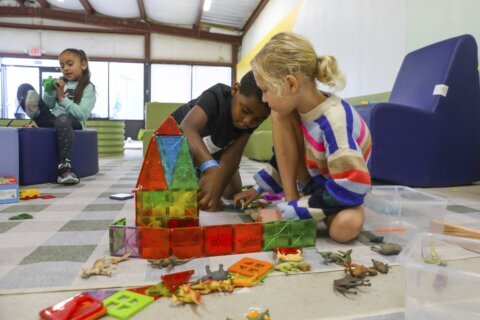The death of a 5-year-old boy in Fairfax County, Virginia, Tuesday served as a painful reminder of the dangers of hot vehicles as temperatures continue to soar above 90 degrees this week.
Investigators said a parent had brought the child to his home in Springfield along with other siblings.
For reasons that are still under investigation, the boy was left in the back of the SUV in a child safety seat for possibly “several hours.”
“Our heart breaks for this family and for this community,” said Lt. John Lieb with Fairfax County Police Department. “This is a tragedy.”
Police have no reason to believe it was anything other than a “tragic accident,” according to Lieb.
The incident marked at least the 12th time this year in the U.S. that a child died after being left in a hot vehicle, and that number is relatively low.
Every year, an average of 39 children die in such cases nationwide.
“The number of those cases has been drastically reduced both this year and last year,” said Amber Rollins, director of “Kids and Cars,” a group that works to prevent hot car deaths.
By this time in 2019, at least 34 children had died.
According to Rollins, many kids are unintentionally left in back seats because parents just forget to drop them off at daycare.
That is not happening as much these days with more parents working from home.
“It is sort of a positive unintended consequence of the pandemic,” Rollins said. “At the same time we have still lost 12 children and that is just too many.”
Rollins urged all parents to create a reminder that forces them to check the back seat every time they park and before they lock their doors.
One piece of advice is to put something important, such as a laptop, in the back seat so parents have no choice but to look back there in order to retrieve the item.
“They say that if you do something for several weeks it becomes part of your habit,” said Rollins. “That is really what we want.”
Another idea is to put a large stuffed animal in the front passenger seat every time a child is in the back seat to serve as a constant visual reminder that the child is in the vehicle.








